Stem Cell
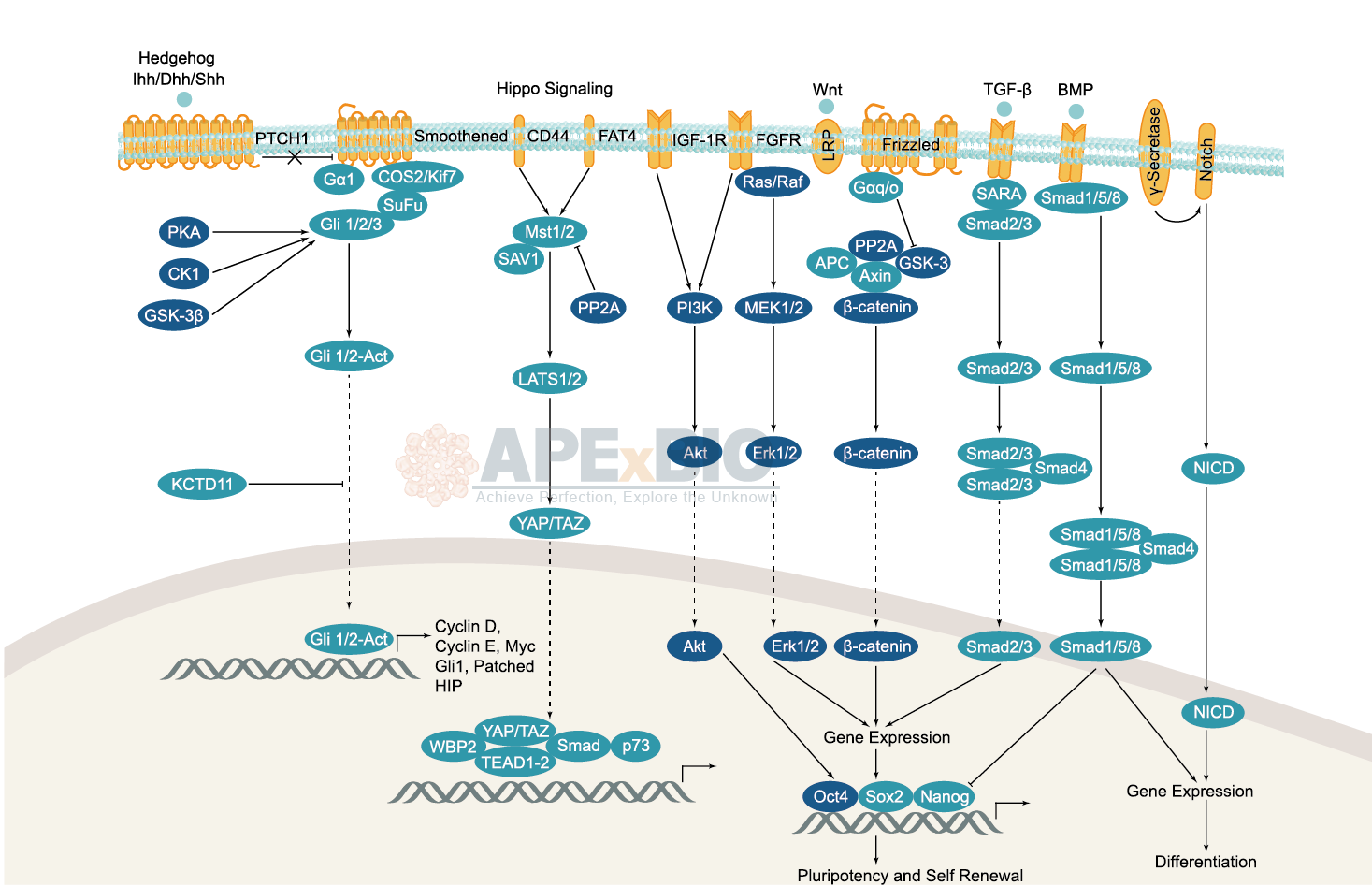
In ESC, BMP/TGF-β signaling pathway plays a key role in maintaining pluripotency and self-renewal. It signals through Smad proteins, and the FGF signaling pathway, which activates the MAPK and Akt pathways. The Wnt signaling pathway also promotes pluripotency. OCT-4, SOX2, and NANOG are three main transcription factors that are expressed and activated by these pathways. Induced pluripotent stem cells (iPSC) are pluripotent cells that can be generated from differentiated cells with forced expression of specific reprogramming factors. Both ESC and iPSC can be induced to develop into distinct cell types that associated with three primary germ layers: ectoderm, mesoderm and endoderm. Signaling pathways that control the development of these cell lineages, including BMP/TGF-β, Notch, Wnt/β-catenin, Hedgehog and Hippo pathways, which regulate cell division, growth and differentiation. Defects in stem cell signaling are related to developmental disorders and cancer.
-
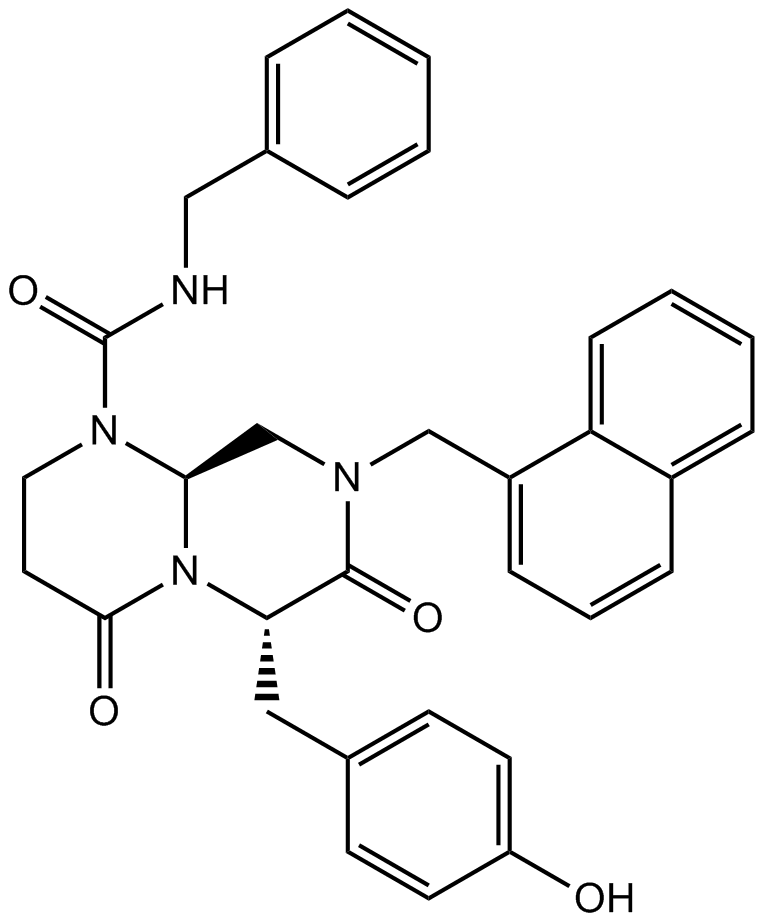 A8217 ICG 0011 CitationSummary: Wnt/β-catenin pathway inhibitor
A8217 ICG 0011 CitationSummary: Wnt/β-catenin pathway inhibitor -
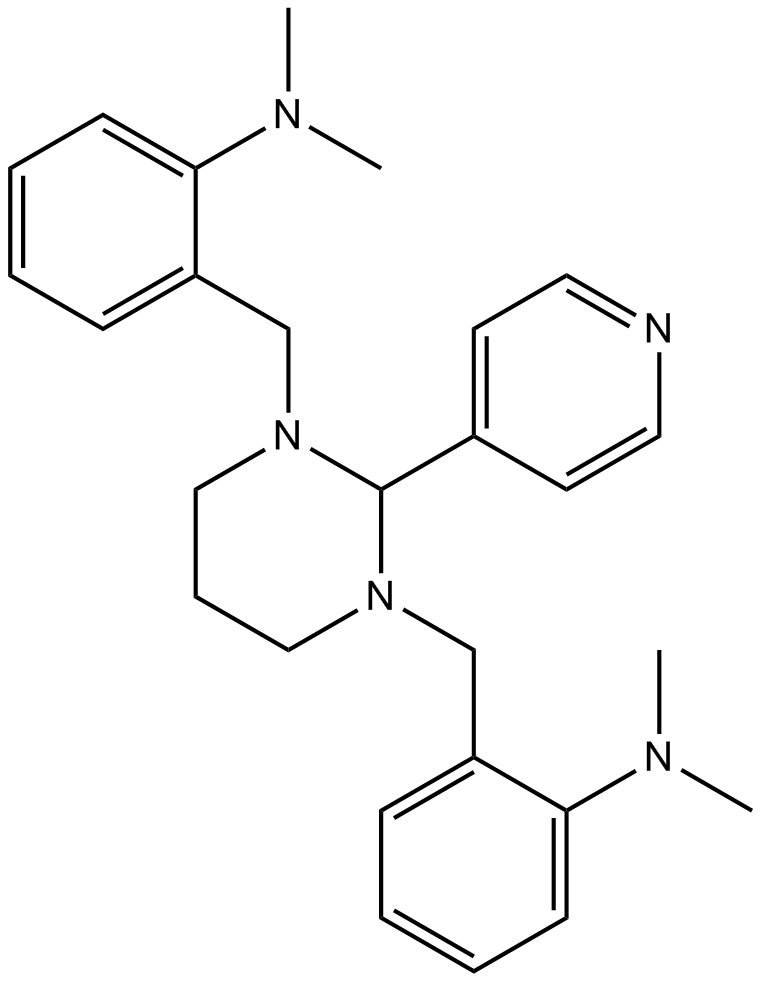 A1615 GANT611 CitationTarget: GLISummary: GLI antagonist
A1615 GANT611 CitationTarget: GLISummary: GLI antagonist -
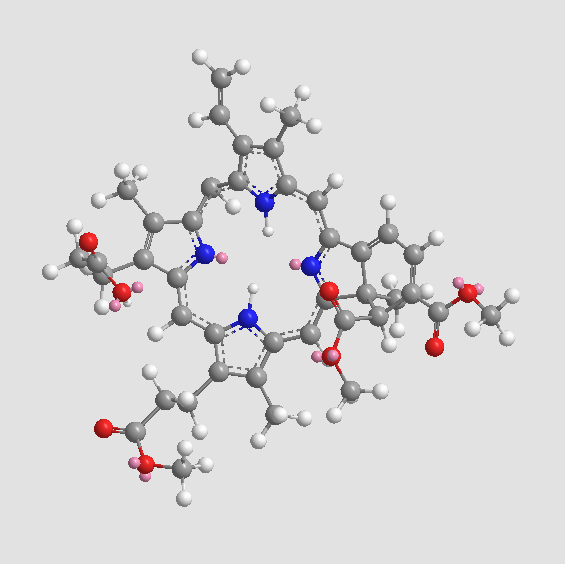 A8327 VerteporfinTarget: YAPSummary: Photosensitizer used in photodynamic therapy
A8327 VerteporfinTarget: YAPSummary: Photosensitizer used in photodynamic therapy -
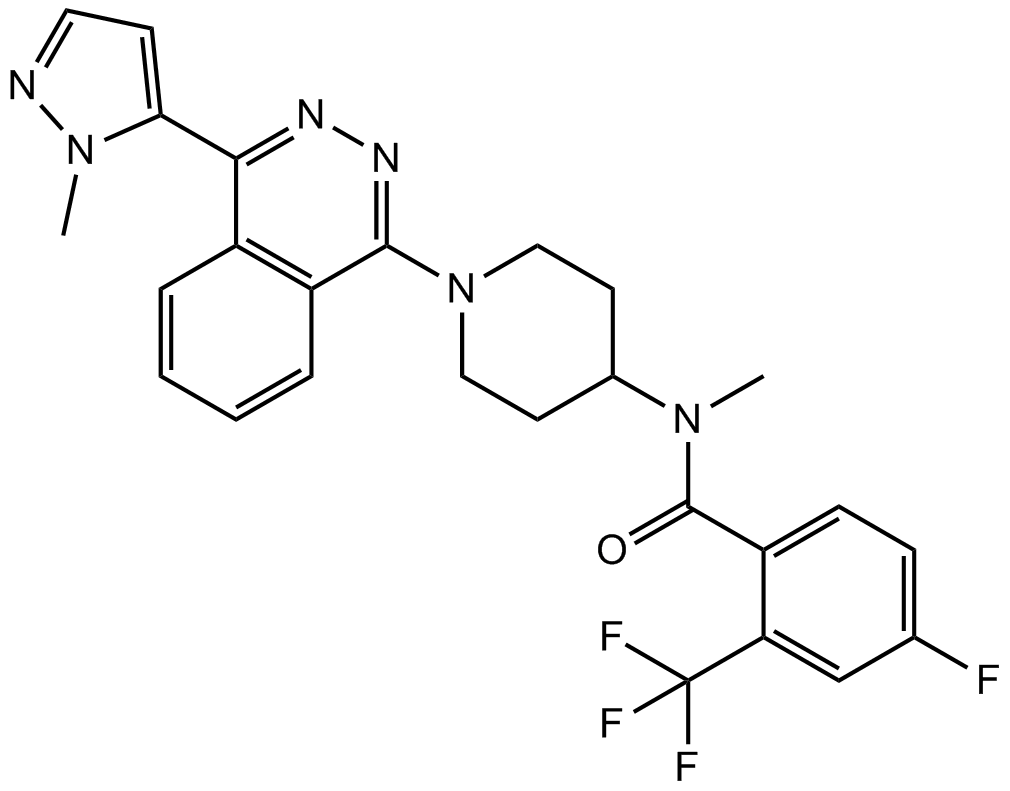 A8651 LY2940680Target: Smoothened receptorSummary: Hedgehog/SMO antagonist,inhibits Hh signaling
A8651 LY2940680Target: Smoothened receptorSummary: Hedgehog/SMO antagonist,inhibits Hh signaling -
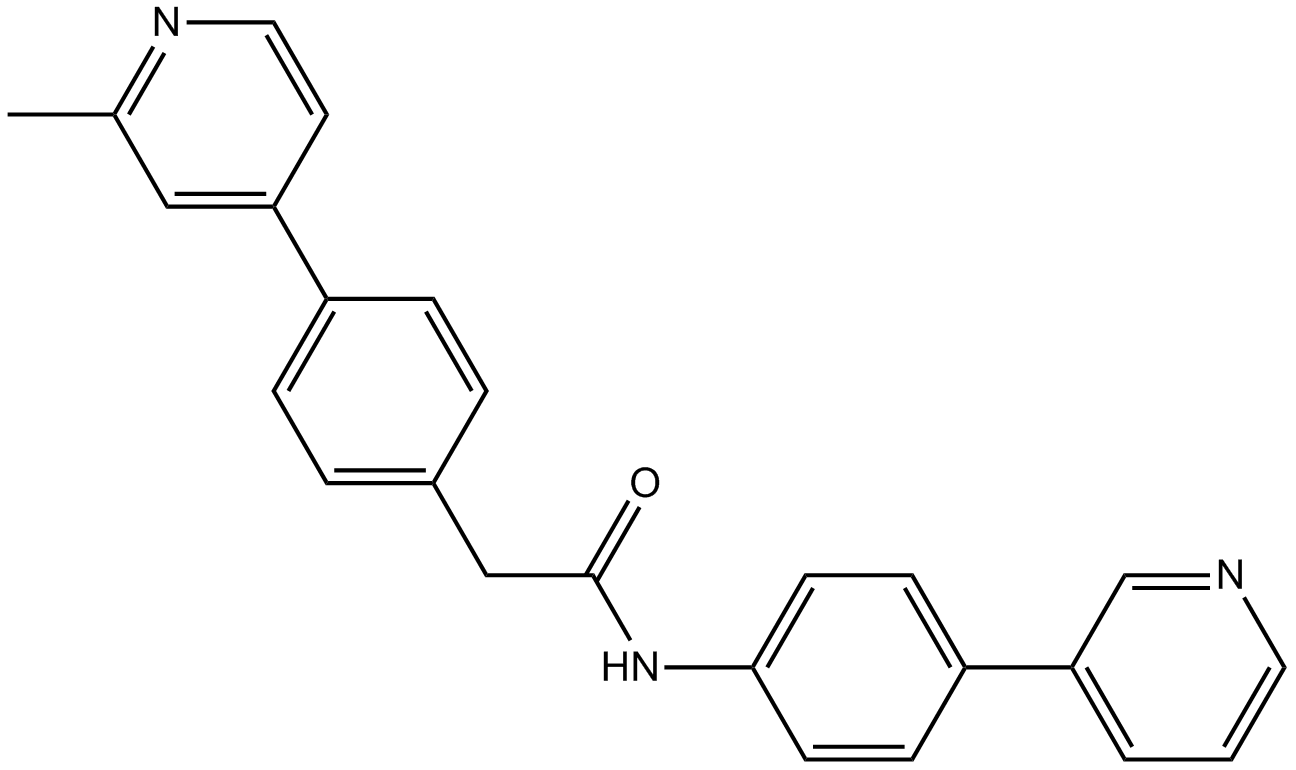 A8685 Wnt-C592 CitationTarget: PORCNSummary: PORCN inhibitor,highly potent and selective
A8685 Wnt-C592 CitationTarget: PORCNSummary: PORCN inhibitor,highly potent and selective -
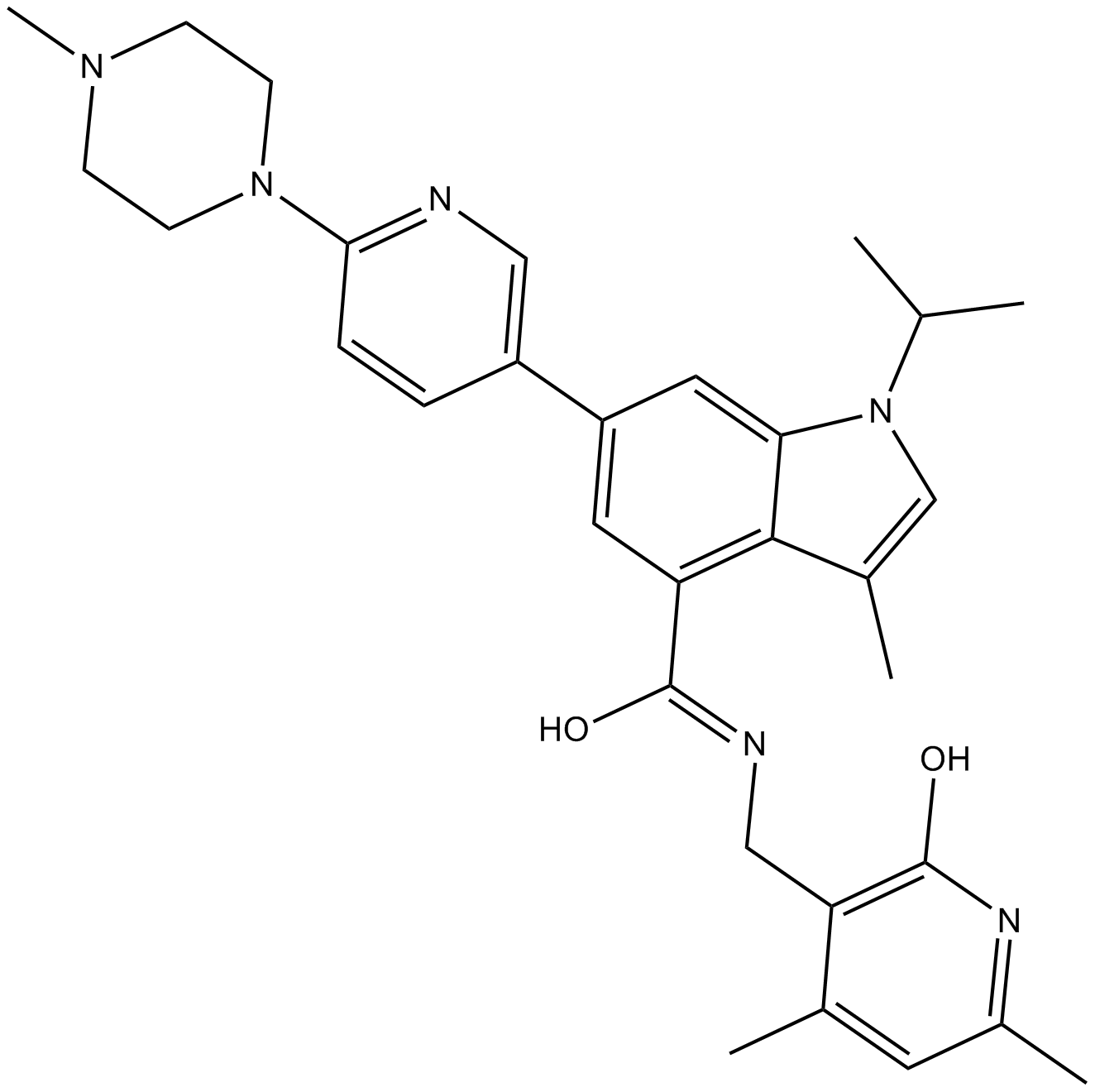 B5833 GSK5032 CitationSummary: EZH2 inhibitor
B5833 GSK5032 CitationSummary: EZH2 inhibitor -
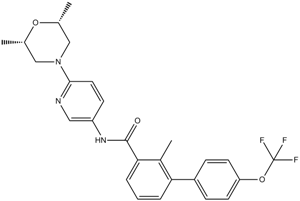 B2266 LDE225 (NVP-LDE225,Erismodegib)1 CitationTarget: SmoothenedSummary: Smoothened inhibitor,potent and selective
B2266 LDE225 (NVP-LDE225,Erismodegib)1 CitationTarget: SmoothenedSummary: Smoothened inhibitor,potent and selective -
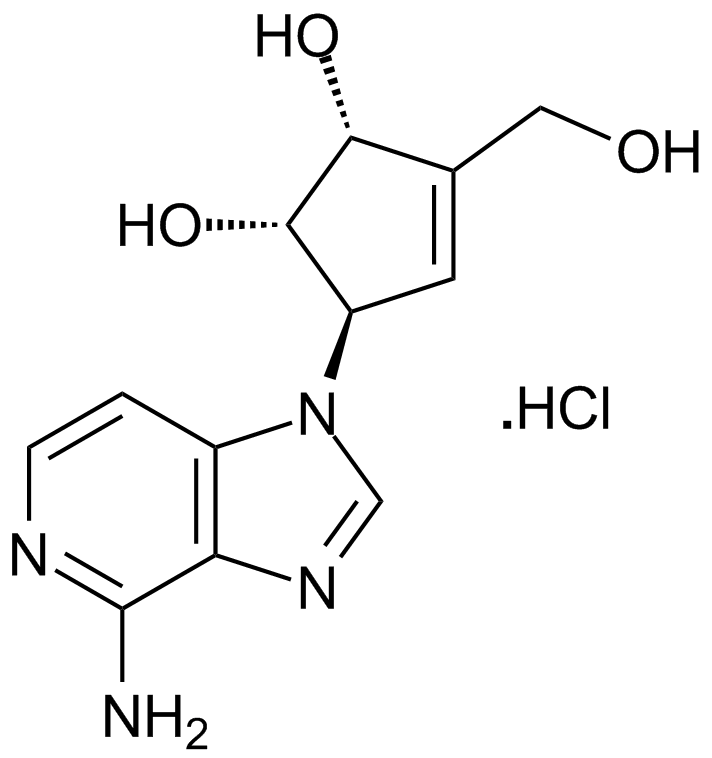 A8182 3-Deazaneplanocin A (DZNep) hydrochloride1 CitationTarget: EZH2Summary: SAHH and EZH2 inhibitor
A8182 3-Deazaneplanocin A (DZNep) hydrochloride1 CitationTarget: EZH2Summary: SAHH and EZH2 inhibitor -
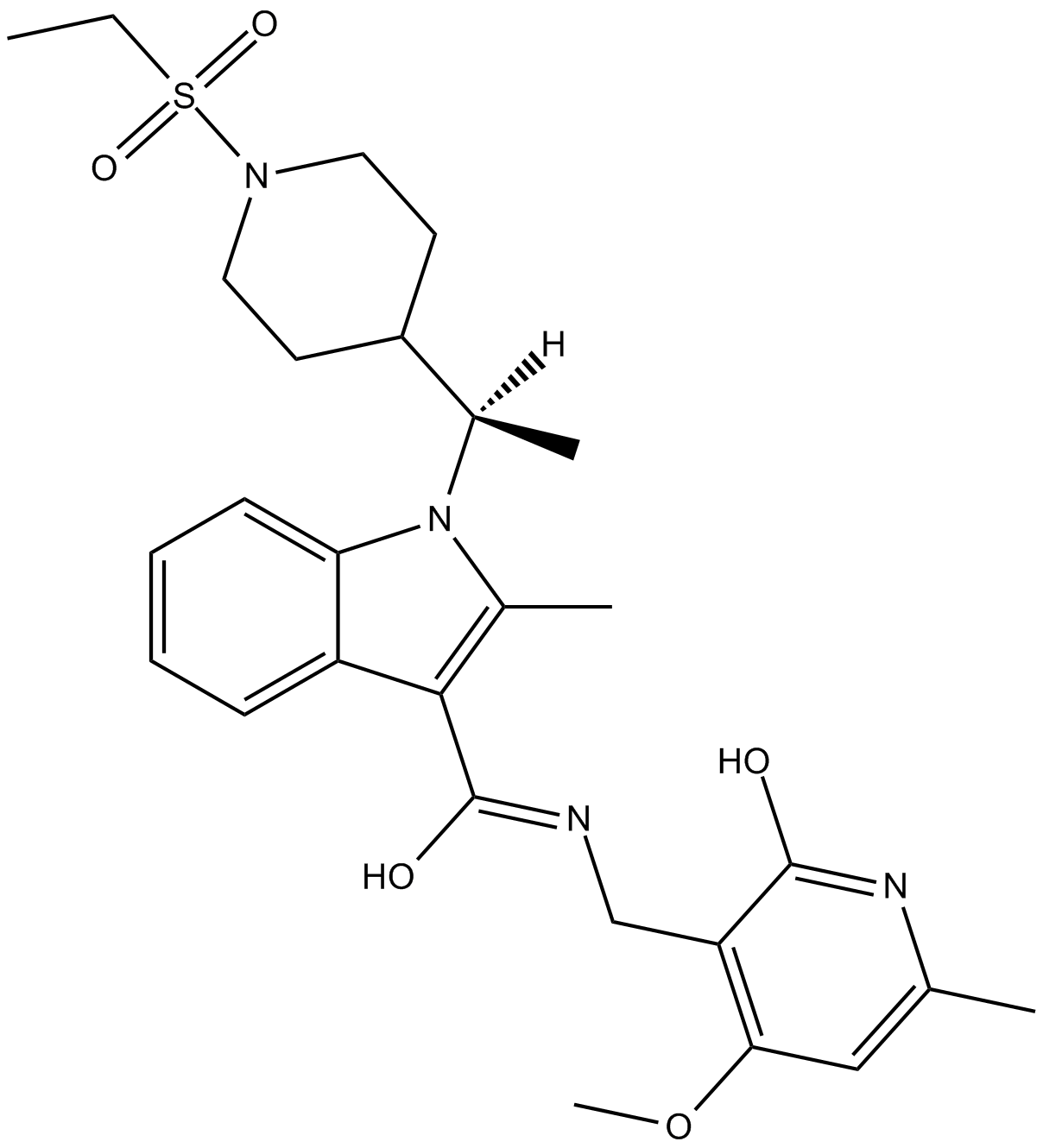 B4678 CPI-1691 CitationTarget: EZH2|EZH1Summary: EZH2 inhibitor
B4678 CPI-1691 CitationTarget: EZH2|EZH1Summary: EZH2 inhibitor -
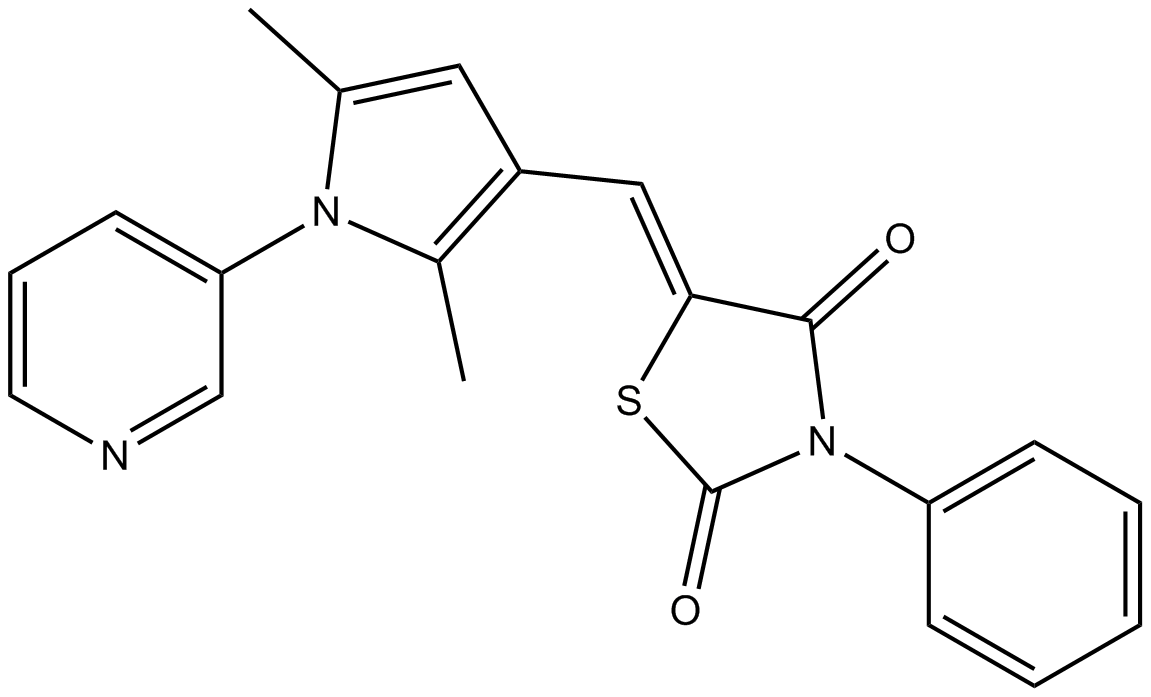 B4687 iCRT 14Summary: CRT inhibitor
B4687 iCRT 14Summary: CRT inhibitor

